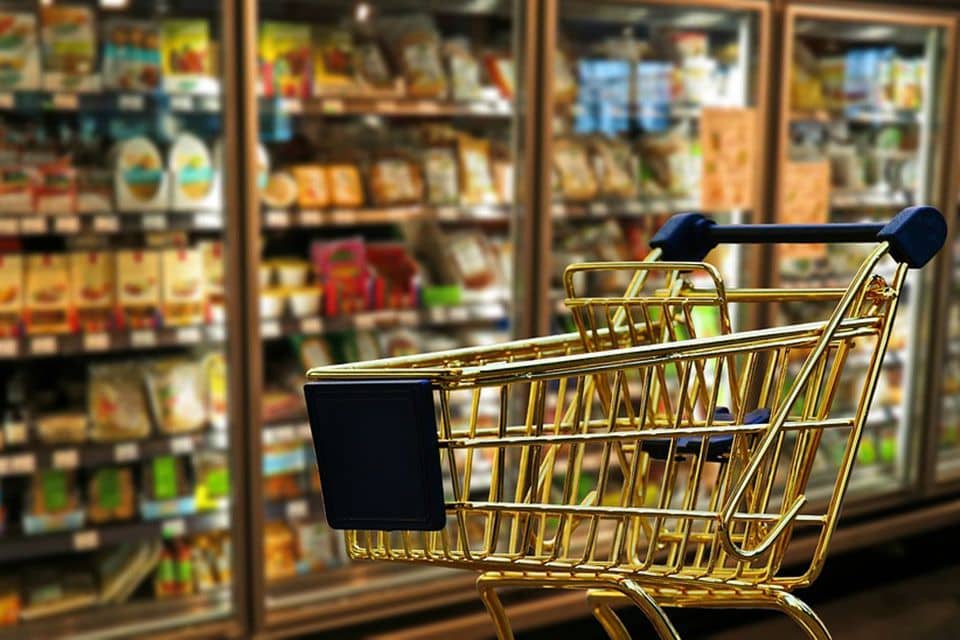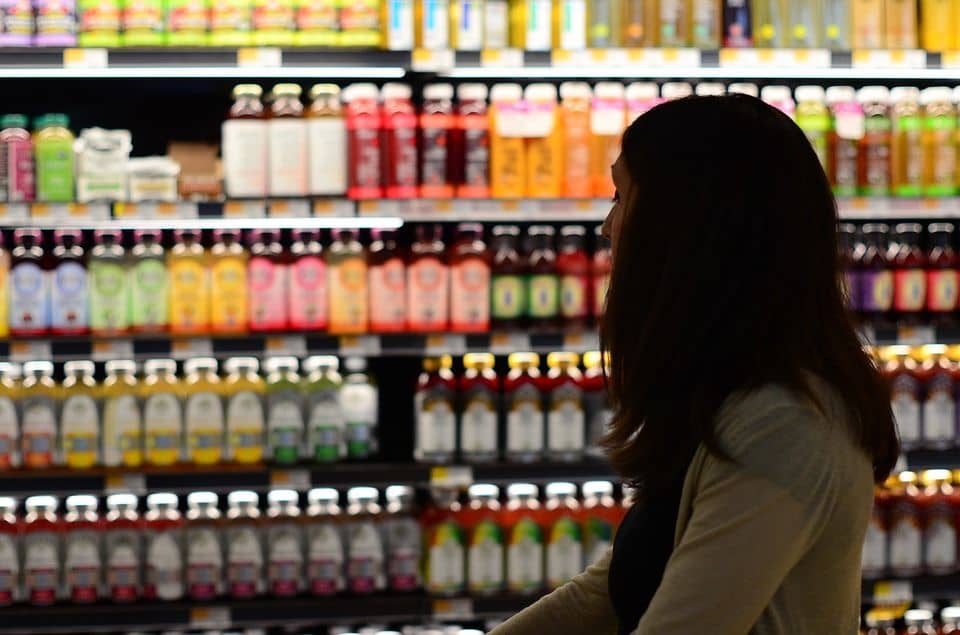
30 Oct Nutritional information: how to display it on your labels
Caring about maintaining a healthy lifestyle is becoming a more and more widespread concern in today’s society. However, in order to incorporate these healthy habits into our daily routine, it is essential to be able to read the labels of the food and drink that we buy. And for this, manufacturers display nutritional information on their labels in a clear and concise way, complying with EU regulation.
Since 13 December 2014, EU Regulation nº 1169/2011, which regulates the nutritional information supplied to the consumer, includes the mandate on informing about nutritional information for the majority of processed food, which includes drinks, in such a way that consumers may be informed about the energetic value, fats, carbohydrates, sugars, proteins and salt that is in the food and drink offered to them on the supermarket shelves.
What information must appear on the labels
As a producer, it is important for you to know that it is obligatory to list all the ingredients with which a product is made. The more complete and transparent the labels, the better the acceptance of these products by the health-conscious consumer. So if you make any type of food or drink product, take note, since if your products are commercialized with complete labels that supply all the information about their ingredients, you will be opening doors to a market niche that you may not have considered.
The information you must include on your labels is:
- List of ingredients of the products: these must be in order according to the amount or proportion present in the food.
- Allergens: the substances that cause allergies or intolerances (gluten, lactose or nuts) must appear highlighted.
- The expiration date of the product: additionally, in some cases a best before date is included.
- Place of origin or packing.
- Nutritional information: food products must include the energetic value, total fats, separating and identifying saturated fats, carbohydrates, differentiating the sugars, proteins and salt. All this per 100 grams.
How to display the nutritional information
The nutritional information on food and drink labels must be presented in a unified way and in a table that is easy and clear to read. The order of the nutrients shall be the following:
- Energetic value
- Fats
- Carbohydrates
- Sugars
- Proteins
- Salt
If the space available on a label does not allow to display the information in a table, it may be shown as a list, separating each component and its corresponding amount in parentheses and with commas so as to avoid any confusion. And in the case that a component is present in very small quantities, its presence may be indicated without specifying the exact amount, adding the expression “contains insignificant amounts of….” next to the table of nutritional information.
Keys for the consumer to be able to read your product labels correctly
1. Keep additives in mind
Additives are substances that are added to food either to avoid spoilage or to add flavor, color or aroma. One of the inconveniences of identifying them is that they may have more than one denomination, although they most commonly appear with their complete name or with the letter E followed by three numbers.
2. Amount of salt
It is obligatory to indicate the amount of salt. This is key information, since if you ingest too much salt you may acquire hypertension issues. If a product contains 1.25 grams or more it is considered high in salt. If it only contains 0.25 it is considered low in salt.
3. Calories
The energetic value is measured by the calories supplied per 100 grams of product and it is expressed first in kJ (kilojoules) and then in kcal (kilocalories).
4. Attention to hydrates and sugars
The intake of carbohydrates should not be above 55% of a food’s energy value. Sugars are simple carbohydrates and must be mentioned on the label due to the health problems that an elevated consumption of these may cause.
5. Fats
If a product contains 15 grams of fat per each 100 grams of food, it is high in this nutrient. However, if it supplies 3 grams or less, this indicates that it is low in fat.
We hope that with all this information you will have a clearer vision of the nutritional information that the labels of your products must provide, and how this must be displayed.
| We Manufacture: | Meet Rieusset: |




